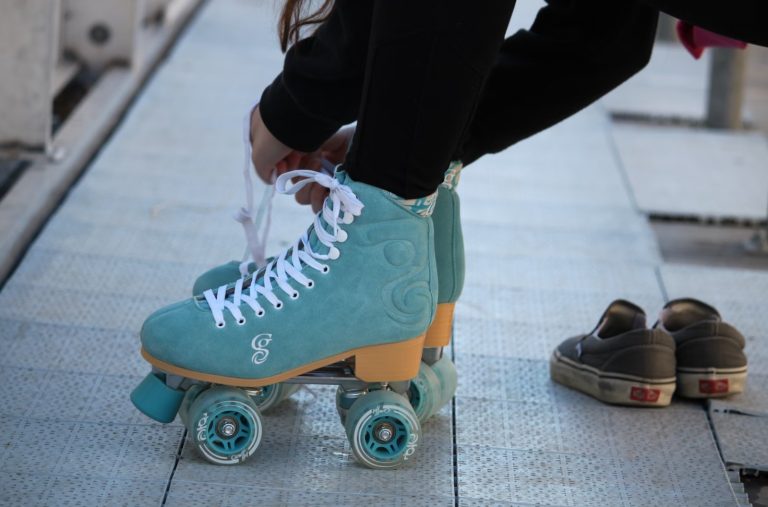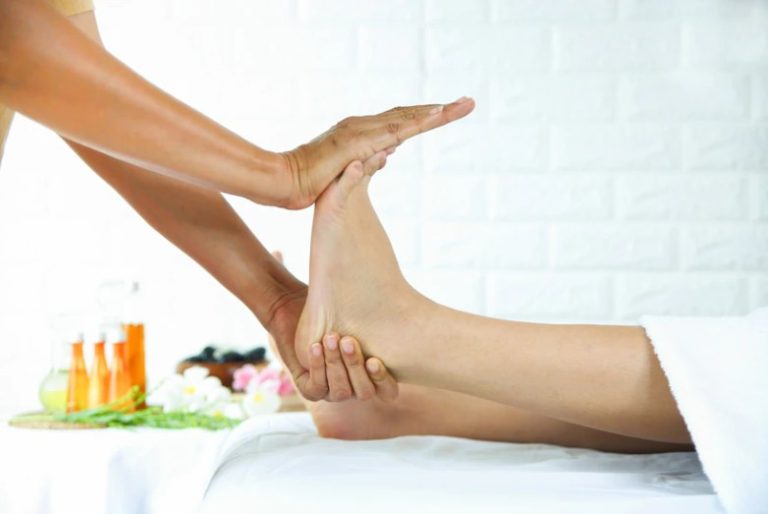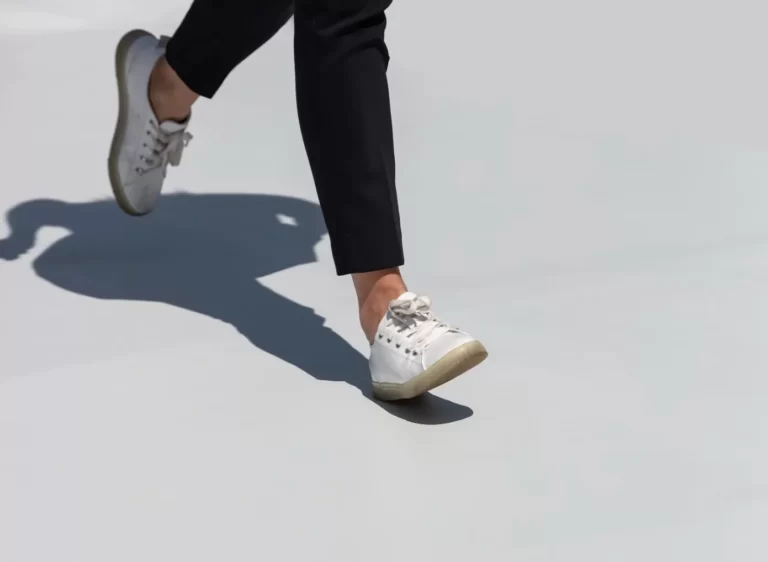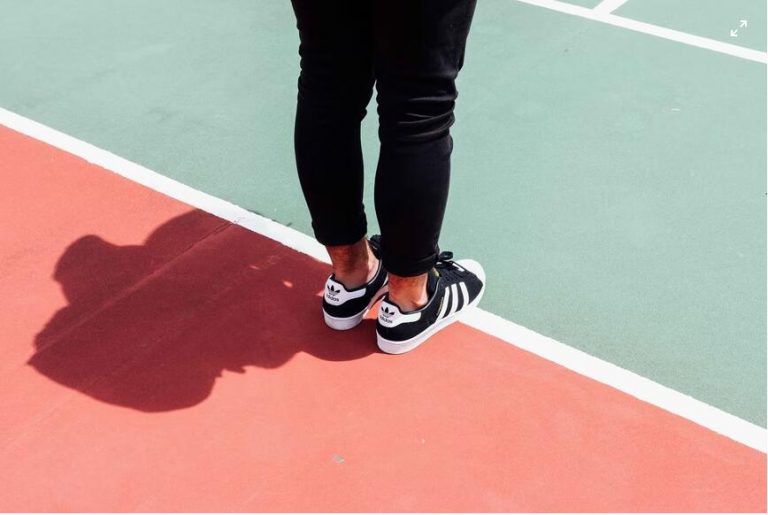Game-Changing Picks: The Best Golf Insoles in 2024 for Maximum Comfort
As golfers, we know that the pros are always looking for an advantage to give themselves an edge on the course. But a new technology has emerged — the performance golf insole.
In this article, we’ll be discussing the best golf insoles for 2023 and beyond. These products are designed to provide maximum comfort and performance while reducing the risk of injury during play.
If you want to buy the most comfortable insoles ever made in the history of golf, then read this article until the end.
Top 5 reasons why you need golf insoles:
Golfers, like athletes in other sports, are prone to injury. Golfers are also often on their feet for hours at a time and might have to walk as many as 18 holes during a round. This can lead to foot pain and discomfort.
To prevent these issues, golfers should wear golf insoles in their shoes. These insoles offer support and cushioning that can help reduce the risk of injury while improving comfort on the course.
Here are the top 5 reasons why you need golf insoles:
1) Comfort – The most obvious benefit of wearing golf insoles is increased comfort. They’re designed to provide shock absorption, which helps reduce stress on your feet and legs during play. Golfers often experience soreness and stiffness after an 18-hole round because they’re walking so much; this can be reduced with the use of golf insoles.
2) Performance – Golf is a sport that requires precise movements, especially when it comes to putting. Wearing golf insoles can help improve balance and stability when standing over the ball, allowing for a more consistent swing motion that results in better shots from inside 100 yards out (or less). After all, if you’re not balanced correctly with your weight
3) Injury prevention – When your feet hurt, it’s easy for other parts of your body to hurt too! For example, if you have knee pain caused by poor footwear or improper insole support then this may also lead to back pain because of overcompensation from walking around with bad posture
4) Improved balance. Golf insoles will help improve your balance by cushioning the impact of each step and allowing you to maintain control over your movements while walking or swinging the club. This will reduce fatigue and prevent injuries, which will allow you to play better golf!
5) Improved stability. stability will also help prevent injuries while playing golf, but it can also improve your performance by allowing you to focus on the task at hand instead of worrying about falling over!
The 5 Best Insoles for Golf Shoes
If you’re a golfer, you know that the sport can be hard on your feet. The constant walking, bending, and twisting can lead to pain in your feet and knees. This is especially true if you have flat feet or other foot problems that make it difficult for your body to absorb shock and support your weight.
Fortunately, there are several golf insoles available to help with this problem. Some golf insoles are designed to support your arches while others simply provide extra cushioning so that your feet don’t get sore after long days in the sun.
1.Roaming Feet Golfpro Insole
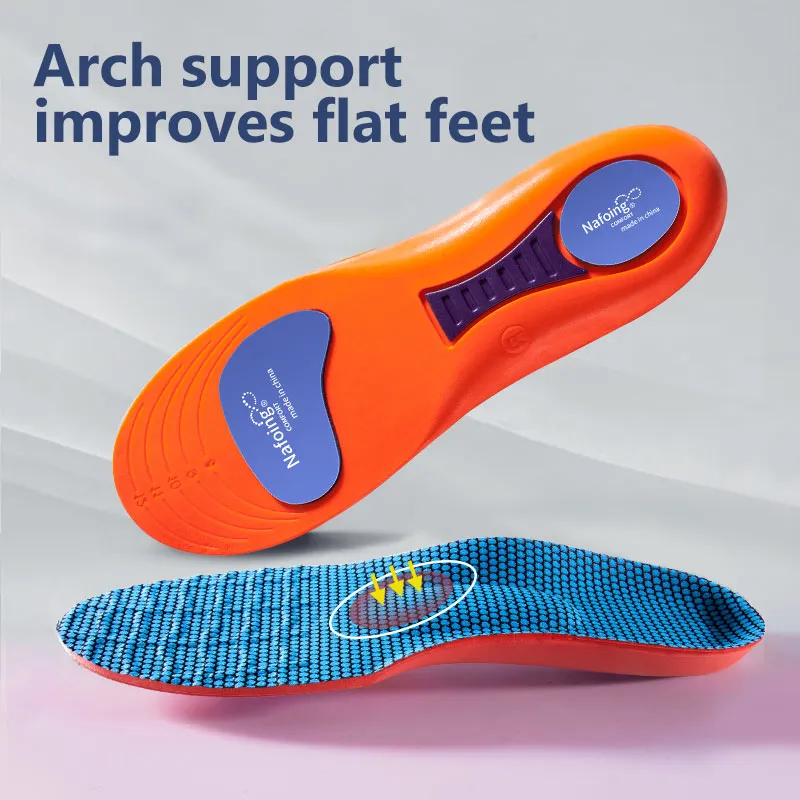
The GolfPro is a premium golf insole with an extra layer of padding on the ball of the foot that provides support and reduces shock during impact. The design features a smooth surface on top and an etched backing that helps prevent slippage when walking or running.
This product is one of the best-selling insoles on the market today. It has a unique design that makes it easy to trim to fit your shoes and provide maximum comfort. These insoles come in a single pair and are designed for both men and women. They provide excellent support for your feet and can be used for a variety of different activities like walking, running or playing golf.
These insoles provide maximum comfort thanks to their unique design and advanced material properties. They are made from gel foam, which provides excellent cushioning for your heels and bottoms of your feet during physical activity. The gel also helps reduce pressure points by dispersing weight evenly around your feet so that you don’t feel any discomfort when walking or running through uneven terrain such as grass or sand at the beach.
PROS:
- Features an extra cushioning layer that absorbs shock;
- Provides stability and support during your swing
- Helps improve posture while providing support and stability
- Features holes that allow for better airflow around the foot;
- Easy to clean with soap and water
CONS:
- Not good for wide feet since they are one size fits all.
2. Powerstep Pinnacle MAX Full Length Orthotic Shoe Insoles
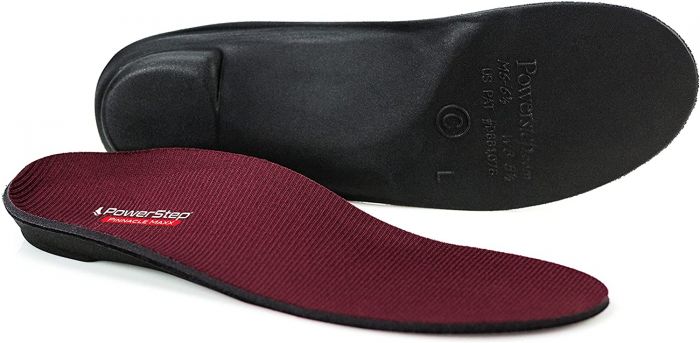
If you have plantar fasciitis or high arches and are looking for a comfortable solution that won’t cost a fortune, try the Powerstep Pinnacle MAX Full Length Orthotic Shoe Insoles. These insoles have a supportive arch that helps to correct overpronation while also cushioning the heel and toe to reduce stress on your joints.
Pros:
- Maximum support
- Ergonomic design
- Flexible cushioning
- Breathable construction
Cons:
- Not as durable as some other options
3.Superfeet Green Performance Insoles
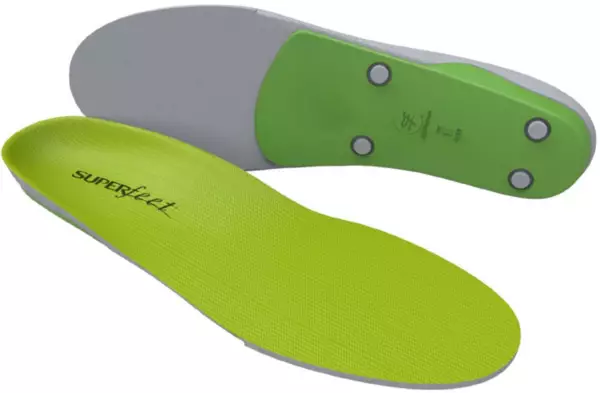
Superfeet Green Performance Insoles are designed for comfort and stability. The insoles are made from a lightweight foam that is firm but soft, which gives them the perfect amount of support without being too rigid. They are made to fit in most athletic shoes, so you can wear them when you’re walking around town or playing golf.
They are all-purpose comfort Insoles are a good choice for golfers who need a bit more comfort from their insoles. These are trim-to-fit inserts, which means you can trim them down to fit into your shoes perfectly. They have a unique design that provides extra cushioning in the heel and forefoot, which makes them ideal for people with high arches or flat feet.
Pros:
- Maximum support
- Ergonomic design
- Flexible cushioning
Cons:
- Too bulky for some shoes
4.Pedag Holiday Orthotic Inserts
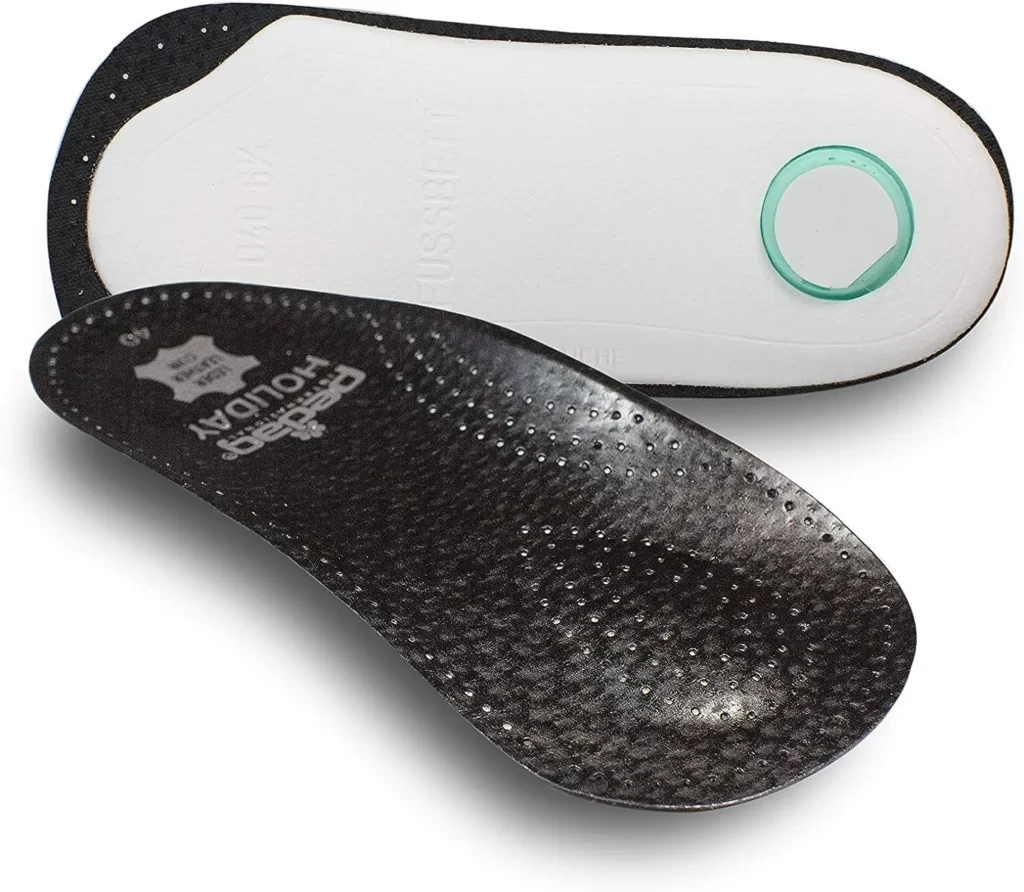
Pedag Holiday Orthotic Inserts are a great choice for golfers who want to stand out from the crowd. Made of a proprietary foam material, these insoles are designed to provide maximum comfort and performance on the green. They feature arch support and a flexible heel cup that grips your shoe tightly so you don’t have to worry about them slipping out.
The foam is also breathable so it won’t make your feet sweat too much, even if you play in hot weather conditions. This makes them ideal for people who play golf frequently or all year round – whether indoors or outdoors!
If you’re searching for an excellent pair of insoles that will improve your game while feeling great at the same time then these are definitely worth checking out!
Pros:
- They are easy to trim to fit your shoes.
- They provide excellent arch support for my flat feet.
Cons:
- They are more expensive than other insoles but worth the extra money if you want comfort for your feet!
5.Sole Labz All Sport Running Shoe Inserts for Men and Women
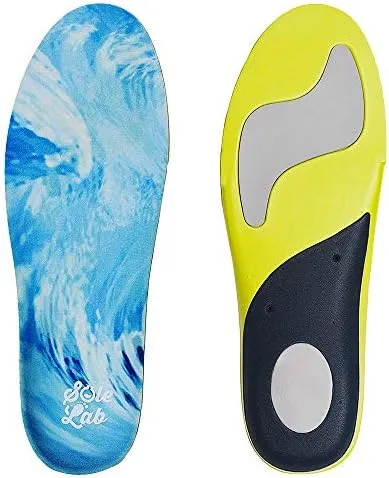
Comfort and Support Insole is designed for men’s golf shoes with a low arch support and extra cushioning for optimum comfort on the green. The insole provides better air circulation for your feet while walking around in your golf shoes so that they can breathe easier. It also improves your posture by preventing slouching while standing or walking around the course.
Pros:
- Improves stability and control over shots;
- Provides maximum comfort while playing golf;
- Available in various sizes to ensure a perfect fit.
Cons:
- Some users experienced discomfort after wearing these insoles for an extended period of time (more than 10 minutes).
What to Look For in Golf Insoles
If you’re an avid golfer, you know that a comfortable pair of golf shoes is essential to your game. The best golf insoles can make all the difference when it comes to comfort and performance.
Here are some tips on how to find the best golf insoles for your needs:
Comfort
Comfort: Comfort is key when it comes to buying golfing shoes. It’s important that your foot feels secure and protected when playing golf so it doesn’t slide around inside your shoe while walking or running around the course. A comfortable pair of insoles will keep your feet happy during long rounds of golf!
Stability and support
When you’re looking for golf shoe insoles, support is a huge consideration. You want to make sure that your shoes have enough stability and support so that you can play at your best. Stability refers to the ability of the insole to provide support and prevent movement of the foot inside the shoe. Support measures how much force is being applied when you stand on your feet, for example when hitting a shot or walking down a hillside.
Arch support is important for golfers who have a high arch. It can be provided by an insole or by the shoe itself. If you have flat feet, arch support is less important—and if your foot rolls inwards, it may actually be counterproductive, as it will put pressure on the inside of your ankle as well as rotate your foot inward.
The best insoles will provide superior stability and support so that you have total confidence in every step taken while wearing them.
Durability
You want an insert that will last as long as possible so that you don’t have to keep replacing it every few months or years (depending on how often you play golf). You also don’t want one that will break down too soon and ruin your shoes! A durable insert will also give you more value for money as you won’t have to spend money on replacements every few months or years (depending on how often you play golf)
Flexibility
Flexibility is important for comfort and support. If you have a high arch, you need more flexibility in the sole of your shoe in order to allow adequate room for your foot to expand as it hits the ground. Golfers with flat feet should look for less flexibility in their golf shoes. This will keep their feet from rolling inward excessively and causing knee pain or other problems associated with overpronation (rolling inward).
Weight
While some golfers may prefer lightweight insoles, it’s important to note that the heavier ones are more durable. The weight will help you get a better feel for your feet and the ground, making it easier to strike the ball. In addition, if you’re going to spend money on insoles, then why not get ones that will last?
If comfort is your priority, lightweight insoles are likely a better choice. They’ll be less cumbersome when carrying them in your bag or while walking around between shots. However, this doesn’t mean they’re fragile; there are plenty of lightweight options available that still offer ample support while playing a round of golf!
Size
The right fit is important. If your insoles are too big, they’ll slip around inside your shoes and cause discomfort. If they’re too small, you won’t get the support you need and will end up with sore feet after a round of golf.
There are some that come in two different sizes: one for a standard shoe size (8-12) and one for larger feet (13-15). This allows for more flexibility in customization since some people have smaller or larger feet than average—for example, I have very wide heels so I need to go up to a size 14 from a normal 12 shoe size.
Some options also come in three different sizes: regular/small/large. This can be helpful if you’re not sure what size will work best with your foot type; it allows you to try out two different types of insoles before settling on one particular pair. You may also want to experiment with different brands until finding one that fits just right without being too tight or loose; this way, even if the sizing isn’t perfect (or possibly off), at least the comfort level should be right on target!
Material
When you look at the shoe insoles that are available, you’ll find that they are made with a variety of materials. These include:
- Rubber: The best-known material for golf shoes is rubber, which has been popular since the early 1900s. It can be molded into any shape and offers good traction on the course.
- Polyurethane: This material is lightweight and durable. It offers great shock absorption and is easy to clean. This material is also great for people with foot problems because it offers excellent support and stability. The downside is that if it gets wet, it will take longer to dry than other materials. This can cause odor problems if the wearer doesn’t regularly change their insoles or socks.
- EVA Foam (ethylene vinyl acetate): This material is also lightweight, but not as durable as polyurethane. It’s made from ethylene vinyl acetate (EVA) foam rubber which has been compressed under heat and pressure which makes it very moldable and flexible. This makes it a more comfortable form of support than polyurethane for people who have plantar fasciitis or heel spurs because there is less pressure on those areas of their feet which helps reduce pain during their swing or after playing 18 holes in their golf shoes.
- Silicone: This is another synthetic material made from silicone oil or silica gel infused with plasticizers such as phthalates or butyl benzyl phthalate (BBP) — both of which have been shown to cause health effects such as cancer when used in high doses over extended periods of time.
- Cork: The bark from cork oak trees has long been used to make shoes because of its natural elasticity—it absorbs shock without losing its shape like other more rigid materials would do under pressure.
- Leather: Although leather doesn’t provide much cushioning by itself (since it lacks flexibility), it does feel good against bare feet while providing excellent durability over time due to its higher stretch ratio than most other materials. It’s also breathable and lets your feet breathe during the summer months when you’re playing golf in hotter climates or when you’re sweating during exercise. Leather also has good shock absorption qualities, which can help with foot fatigue and knee pain.
Price
Price is not always an indicator of quality. In fact, many high-quality golf shoe insoles are relatively inexpensive. The price you pay for your golf shoe insoles depends on the type of insole you buy and its intended use. For example, if you’re looking for an insole to make your shoes more comfortable for walking around the course or for wearing with dress shoes, you’ll likely want to purchase something between $10 and $15. On the other hand, if you’re looking for a pair of insoles that can help improve your overall performance on the green (or at least make it seem like it), then it might be worth spending up to $50 per pair of insoles.
In general, golf shoe insoles cost between $10 and $50 per pair depending on their level of sophistication and how much they can impact your game play—which is why we recommend reading this guide carefully so that when shopping online or in stores, which will have different prices due to shipping costs etc., they will help ensure getting exactly what one needs without breaking bank!
Level of cushioning
Cushioning is an important factor when choosing golf shoe insoles because it can help reduce shock and impact on your feet.
When looking at different insole cushioning levels, you should choose a level of cushioning that is appropriate for your needs. For example, if you are a beginner golfer or have never had any issues with foot pain from playing golf before, then a more cushioned insole may be appropriate for you. On the other hand, if you have had some issues with foot pain due to playing golf before or if you are an avid player who plays often and wants maximum comfortability while doing so (regardless of what level of play), then a less cushioned insole would be better suited for this purpose.
Anti-odor technology
Anti-odor technology is a great feature to look for. It’s important to keep your feet fresh, since they’re what you use to walk around all day.
Another great thing about anti-odor technology is that it helps prevent bacteria growth and odor absorption. The more bacteria that grows on your insoles, the worse they will smell when you take them off at the end of your round.
Other considerations
Other considerations include whether the insole is antifungal, antimicrobial and whether it’s removable and washable.
The best golf shoes insoles are washable. This means you can throw them in the washing machine after every match to keep them clean and fresh smelling.
You’ll also want a pair of insoles that can be removed when you take your shoes off. You don’t want your feet to get sweaty while walking around during breaks at tournaments, so taking out the insoles will help with this problem.
Antimicrobial and antifungal options are both important if you play golf frequently as they fight bacteria growth inside your shoe, which could lead to foot odor or fungal infections like Athlete’s Foot (tinea pedis).
Do your research before making a decision.
With several styles of shoe insoles on the market, it’s important to do your research before making a decision.
If you’ve been looking for an insole for your golf shoes, there are several factors that may help you decide which one is best for you. First, consider the type of golf shoe you’re adding it to and whether or not you are experiencing any issues with your feet or gait. You should also consider how much support and cushioning you need in order to play comfortably during a round of golf. Finally, think about how much heel lift or arch support would improve your game while playing—and what kind of heel cup design will keep everything stable inside your shoe without limiting mobility.
How to Find the Best Insoles for Golf Shoes
Whether you’re a seasoned pro or a beginner who has yet to sink your teeth into this game, here are some tips on how to find the best golf insoles for your needs.
- Check the Reviews: First and foremost, look at reviews. It’s important that we don’t just go with our gut when it comes to finding new products. We should always do our research first so we can be sure that what we’re buying is actually worth our money. If people are giving it positive feedback, then chances are it’ll work well for you as well!
- Look For High Arch Support: Another important thing is arch support—that’s why we recommend looking for insoles with high arches if possible. And if not possible (because sometimes high arches aren’t an option), try going with something else that provides adequate support and comfort instead! You’ll thank us later 😉
- Find Ones That Fit Well: Also make sure whatever insoles you choose fit comfortably in both shoes; otherwise they won’t be as effective or comfortable either way.”
Conclusion
If you’re looking to improve your golf game, consider investing in a new pair of insoles. We’ve reviewed several options that we think are worth considering and they’re sure to provide you with the support and cushioning necessary for a great game!




